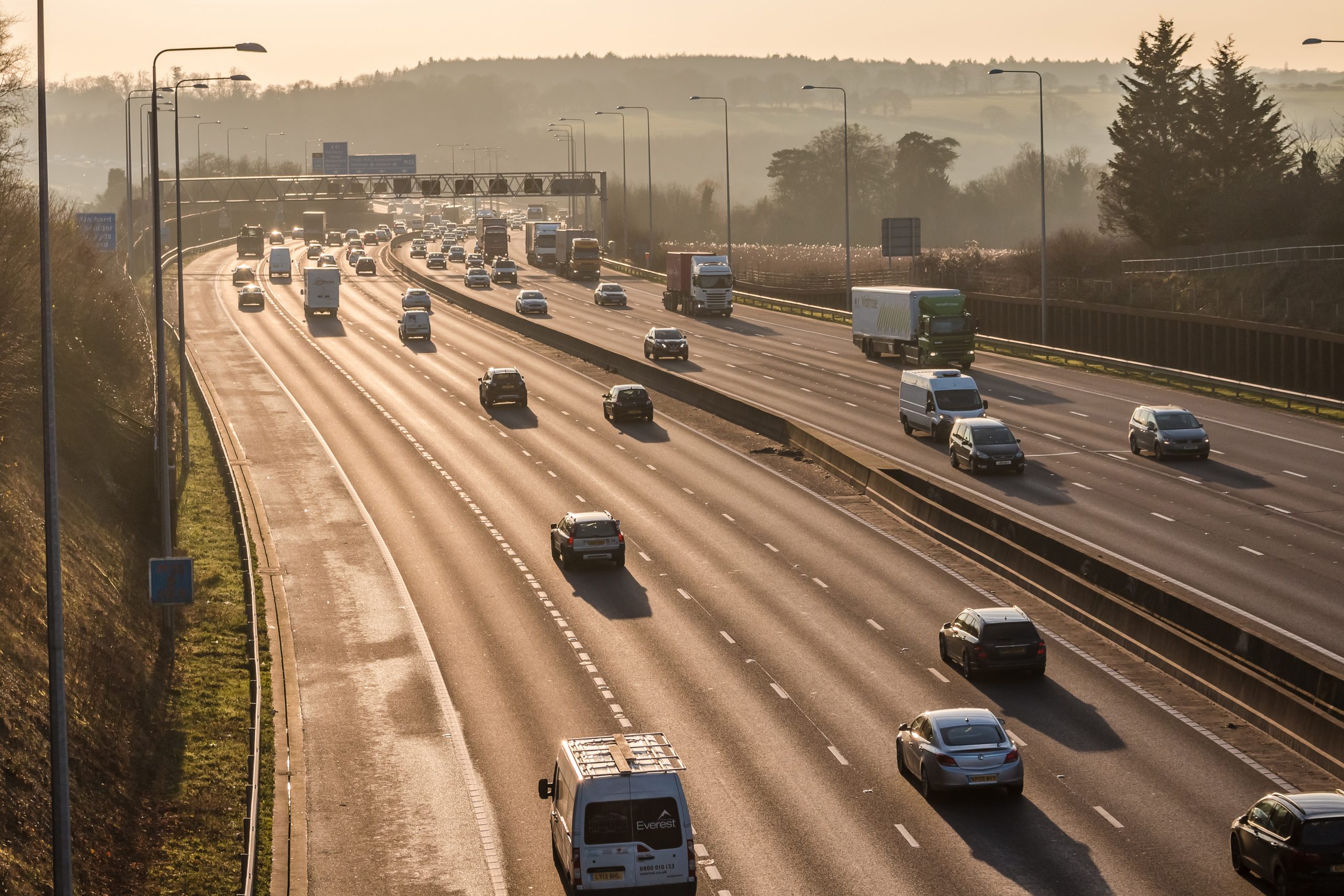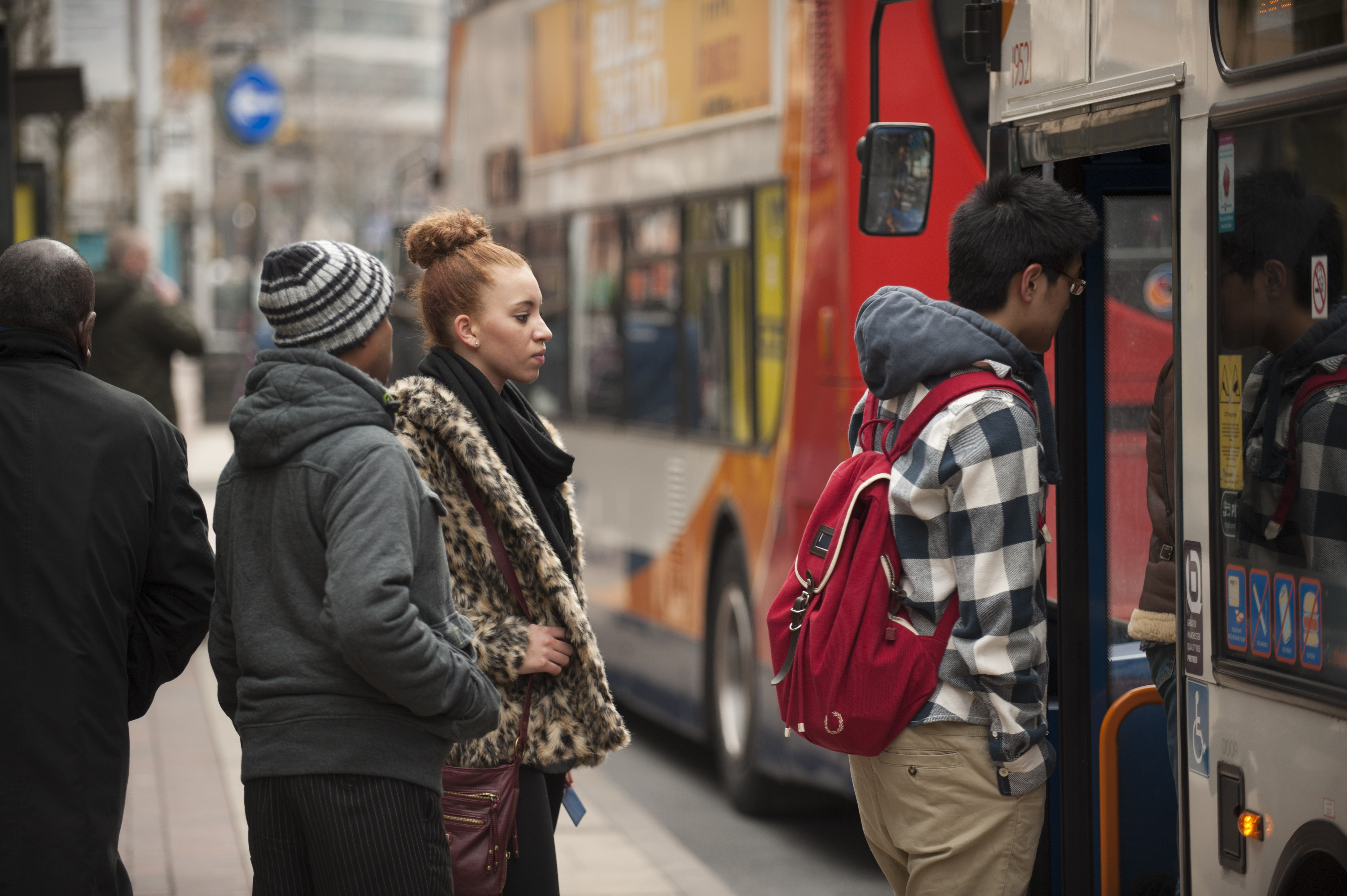
One metre or two? What next for transport during the pandemic?
19 June 2020
The latest wave of Transport Focus’s weekly Travel during Covid-19 survey is out today. The data shows that there has been a slight increase in people travelling on personal business but that, in England, people have still not rushed back to work in great numbers – many are still working from home. There has also been a slow but steady increase in the number of people driving for trips where they’d previously have used public transport. On a similar theme, road traffic levels are also continuing to creep up – for the seventh week in a row the proportion reporting traffic as ‘light’ has fallen again, with a rise in those saying traffic was ‘moderate’.
The following quotes from people in our research illustrate these points:
“Traffic will build up to being heavy again and therefore lengthen the travel time to work.”
“Roads will get busy and more pollution.”
“I don’t think it will ever be as busy again as many people will continue working from home”
This wave was carried out from 12-14 June, just before, in England, face coverings became mandatory on public transport and non-essential shops reopened. We will see what impact these changes will have on travel patterns and attitudes in next week’s results.
Our survey allows us to look at differences in results amongst particular groups. Those who do not have access to a car, for instance, are more likely to say that they will use public transport when restrictions are lifted (30 per cent saying so against 20 per cent who have access to a car). Many of these have been following government advice not to travel by public transport. As we begin to move out from a blanket ‘do not travel message’, and as more shops and services re-open, some of these people will look to travel again. It will be important that they are not marginalised – they will want access to shops and services as well as everyone else.
And yet we know that capacity on public transport is still severely limited – around 20 per cent of what it was pre-virus. So how will public transport cope with this extra demand – the question of who can use it, and when, will become an even more important issue. Part of the answer will be about managing demand – potentially making the message about when people travel rather than whether they travel. But will more active demand management be needed at some point – with people being denied access or reservations being required for some journeys? Or is part of the solution about increasing the amount of capacity – do we need to look at relaxing the 2m rule? In our latest survey 92 per cent of people don’t think social distancing at two metres will always be possible as more people start to use public transport. We are currently exploring passengers’ views and attitudes on these key issues in a new survey – the results should be out next week, watch this space…
These are just a few views from our survey:
“I think people will be far more cautious about using public transport but many have no choice and that social distancing needs to be maintained until we know a lot more about this virus.”
“It was relatively easy to social distance as I travel outside rush hours.”
“It was safe to be on a train station and inside of the train but some people don’t respect the 2 meters distance and get really close.”
Part of our weekly survey also asks those travelling for views on their journey. The number of people travelling is still too small to publish results for each individual wave, but we have collated all seven waves in a new report to see if any patterns are emerging.
Satisfaction with buses in London tends to be higher than that for buses in the rest of England, apart from the ability to socially distance. Our colleagues in London TravelWatch have covered this in more detail. Three-quarters of train passengers were satisfied with the ability to socially distance. All modes tended to score highly when it came to satisfaction with journey times – one of the benefits of there being less traffic has been that bus routes have been less congested. It will be interesting to see how these change as more people resume travelling.






